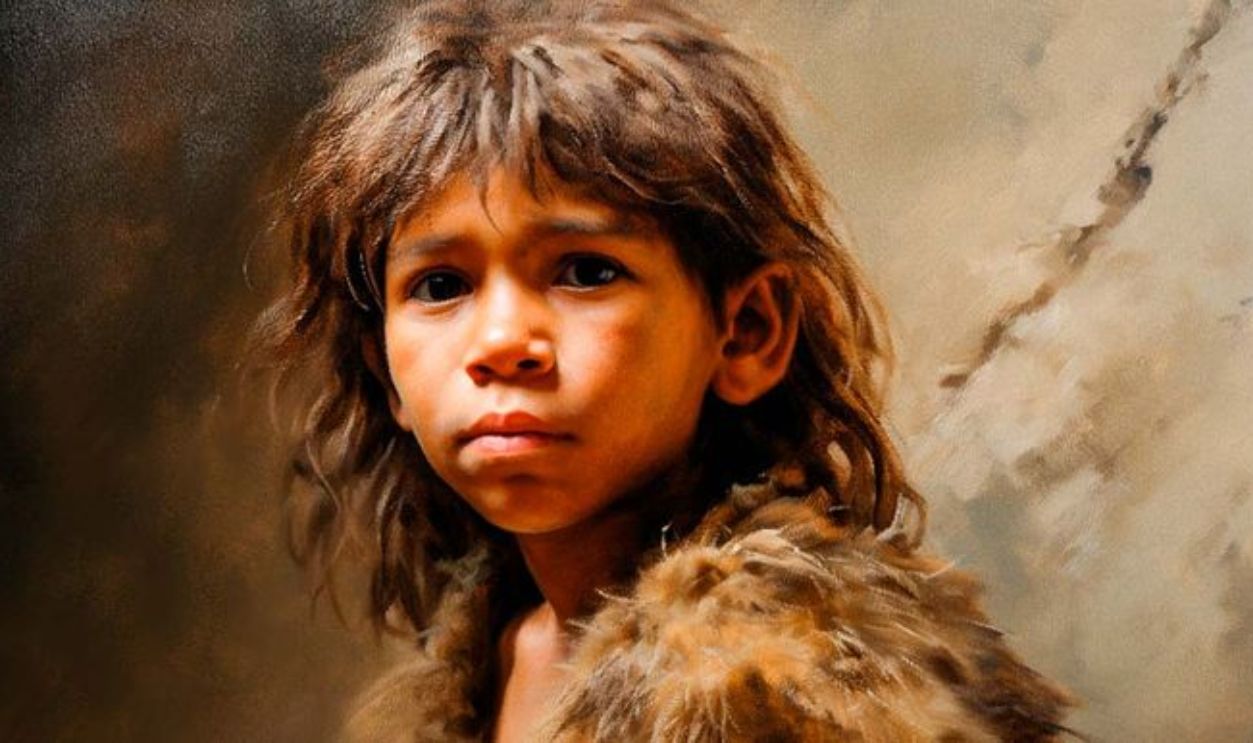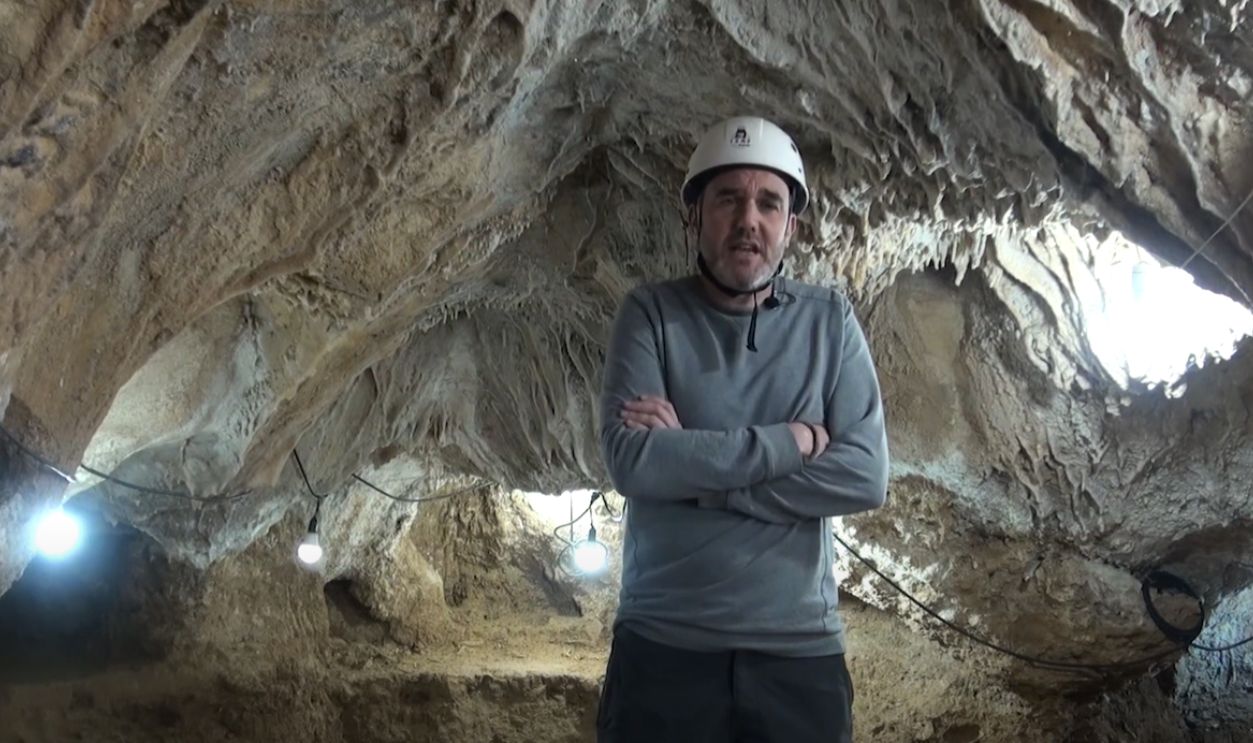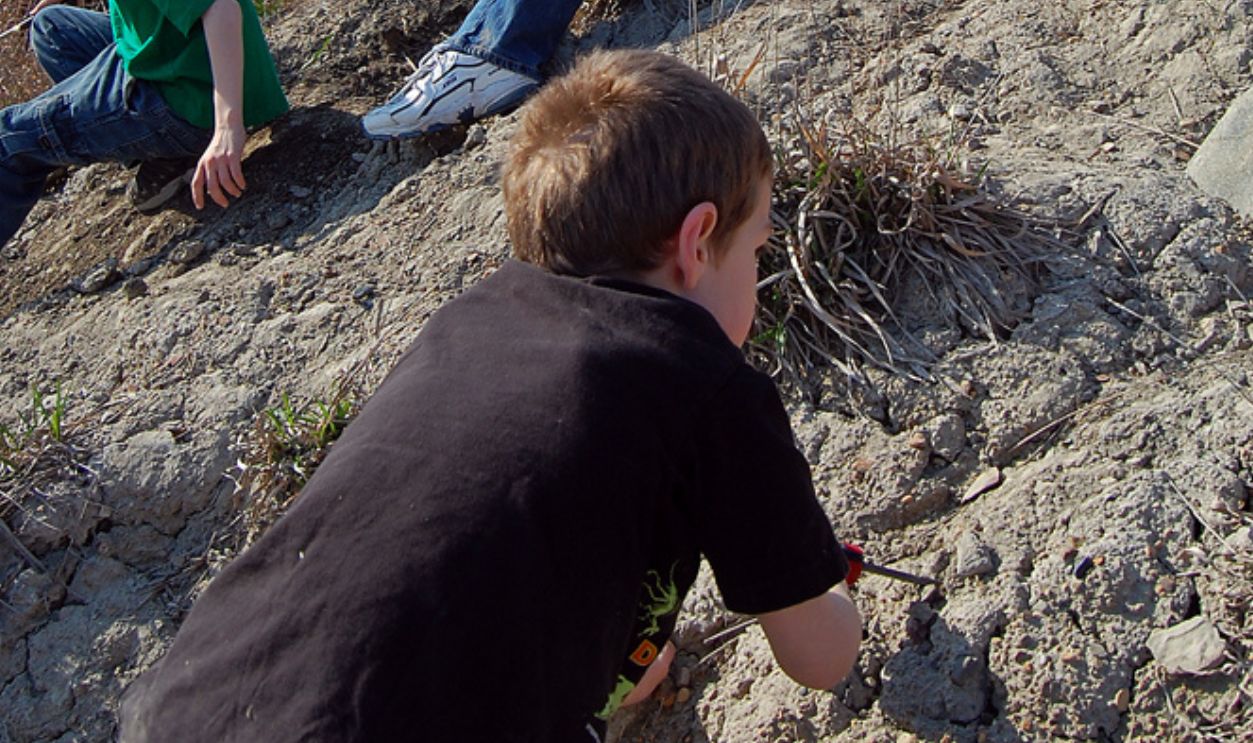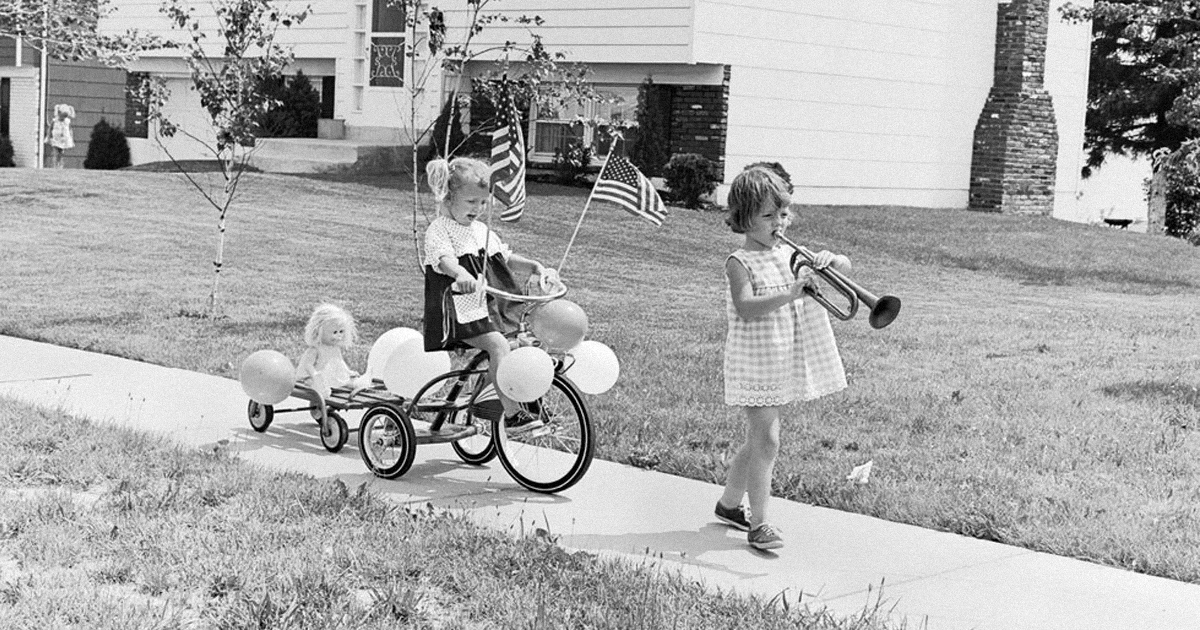Digging Up Childhood “Fossilized” Memories
Kids crouched in the dust, their eyes gleaming with fascination for ancient shapes. What were they doing? The Atapuerca Mountains know the answer.

It All Began With A Cave In Northern Spain
Hidden in the craggy embrace of the Atapuerca Mountains lies the Prado Vargas Cave. But this cave hides no ghosts; it just tells stories. This is where it started. Here, amid limestone and loam, archeologists unearthed an “alleged” childhood memory trapped in time, fossilized and forgotten.
 Yacimiento neandertal de Prado Vargas (Burgos) by CENIEH
Yacimiento neandertal de Prado Vargas (Burgos) by CENIEH
A Camp Located Far From The Sea
Miles from the salty breeze, deep inland where no shellfish wandered, a camp stood still. The ocean was nowhere near, yet marine fossils lay scattered like forgotten toys. Someone had carried them there. Maybe not hunters. Maybe not adults. Ever thought a child’s pocket might be the real mystery box?
What Did They Find
Fifteen marine fossils, including bivalves, gastropods, and echinoderms, rested quietly in a cave kilometers from the sea. Ordinary at first glance, but they weren’t alone. Flint flakes, goat and deer bones, and ash from old fires hinted at more than just survival.
 James St. John CC BY 2.0, Wikimedia Commons
James St. John CC BY 2.0, Wikimedia Commons
The Discovery Of Fifteen Marine Fossils
Each one of the 15 fossils found was unique, shaped by the sea but resting inland. One even showed polish from handling. Another is pristine but curious. You wonder, don’t you? Who collected them—and why? Because these weren’t random rocks.
Dating Back Over 39,000 Years
That’s not a typo. Over 39,000 years ago, before cities, pyramids, or even written words, someone buried these fossils in a cave. Long before art-lined walls or wolves became dogs, tiny hands may have cherished ancient sea creatures like treasure.
 Daderot, CC0, Wikimedia Commons
Daderot, CC0, Wikimedia Commons
Fossils From The Upper Cretaceous Period
Dinosaurs still roamed when these marine fossils first formed. These shells are old. We’re talking Upper Cretaceous, which means 100 million years in the making. And yet, here they were, collected by someone from the last Ice Age. Who knew time travel was possible via ammonite?
 James St. John CC BY 2.0, Wikimedia Commons
James St. John CC BY 2.0, Wikimedia Commons
No Signs Of Practical Use Or Modification
These fossils weren’t sharpened, shaped, or smashed. Also, they weren’t cooking tools or bone needles. They were kept whole. That tells you something, doesn’t it? Some valued their shape, look, and even how they feel. What kind of brain does that? An observant one.
Evidence Suggesting Child Involvement
The evidence is clear. Fossils found in low, easily accessible spots tell us something vital: children were likely involved. These objects were placed within reach of smaller hands, hands likely fascinated by the world around them. Neanderthal children, just like ours, were curious collectors, actively engaging with their environment.
Aesthetic Appeal As A Possible Motivation
Someone might have picked a fossil over a flint simply because it looked beautiful, with glossy spirals and patterned ridges hiding in rough, sandy rubble. Long before Renaissance painters, aesthetic appreciation may have begun in a child’s quiet joy, holding onto something rare and oddly lovely in their world.
Comparison To Modern Children’s Collecting Habits
You’ve seen it before: pockets full of pebbles and shiny wrappers too pretty to throw away. Kids collect weird things. And it turns out, they always have. This fossil stash reads like a prehistoric version of a sticker collection: small, patterned, and deeply loved for precisely that.
 New Stash of Ice Age Fossils by The University of Texas Jackson School of Geosciences
New Stash of Ice Age Fossils by The University of Texas Jackson School of Geosciences
Evidence Highlights Presence Of Kids
The fossils were clustered low to the ground, within reach of little arms: no burn marks, no strategic placements. One fossil even sat near a child’s tooth, proving that kids were undoubtedly part of the pack. Now, connect that to what kids enjoy doing as a pastime. Play and hide.
Discovery Of A Neanderthal Milk Tooth
A tiny molar, smooth with age, rested in sediment like a message in a bottle. A Neanderthal child once chewed with it, maybe on berries, maybe on mischief. Left behind, it survived the Ice Age. That tooth is not just a biological mystery. It’s them saying, “I was here”.
 Studying the 250,000 year old Neanderthal tooth by Griffith University
Studying the 250,000 year old Neanderthal tooth by Griffith University
Intentional Collection Rather Than Accidental Accumulation
Forget the idea that Neanderthals just stumbled across fossils. These fossils were selected deliberately. Neanderthal children were intentionally hoarding; they chose these objects with purpose. The pieces were carefully collected as if picking items for a prized collection. Curiosity, sure—but also purposeful.
 Exploring the Fossils of Mazon Creek by Illinois State Museum
Exploring the Fossils of Mazon Creek by Illinois State Museum
Transporting Fossils Over Long Distances
In the same way, you carry shells inland from your holiday at the coast, so did these people. The way these fossils were found far from the sea suggests these prehistoric children dragged them from distant shores, perhaps to show friends, or maybe to keep them safe.
 Bureau of Land Management - Utah, Flickr
Bureau of Land Management - Utah, Flickr
Possible Symbolic Or Cultural Significance
Why would Neanderthal children bother with these marine fossils? Could they have symbolized something more than curiosity? Maybe these objects held meaning, tied to identity or rituals. As much as we love to imagine Neanderthals as simple, they likely had symbolic thoughts, just like us.
Fossils As Objects Of Play Or Curiosity
Children love to collect things, and fossils might have fallen into that “toy” category. They might have kept them as treasures to explore and discover or simply share with friends. These could have been their curiosity, their playthings. What they didn’t know was that they were carrying history.
Comparison To Modern Human Behavior
Who doesn’t remember the joy of picking up rocks or shells in childhood? These Neanderthal kids were no different. Just like modern children collecting Pokemon cards or shiny rocks, these ancient youngsters had their own version of a scavenger hunt. Fossils were their finds as symbols of exploration and discovery.
Indications Of Abstract Thinking
Consider the idea of picking up an object with no immediate purpose, just because it’s fascinating or beautiful. That shows complex thought. Neanderthal children’s choice of fossils suggests that they were not only grounded in their physical world but also capable of thought that extended beyond mere survival.
 How Well Will it Tumble? - Limestone Fossil Rock by Scott Wilkins
How Well Will it Tumble? - Limestone Fossil Rock by Scott Wilkins
Evidence Of Non-Utilitarian Behavior
Now, let’s break it down. These fossils had no immediate, practical use. They didn’t help hunt or make fire. This was about something else entirely. Playing is the most common thought. But Neanderthal kids were acting with a sense of value that wasn’t linked to utility.
Potential For Social Or Group Identity
Another analogy theorizes that children swapped fossils or used them to build connections within their groups. Much like today, when children exchange toys or memorabilia to bond, fossils might have represented something larger. Perhaps a symbol of belonging or a shared cultural identity among them.
Reinforcement Of Cultural Identity Through Objects
Objects can shape culture, as seen in the way we treasure family heirlooms or national symbols. For Neanderthals, these fossils could have been more than curiosities. They might have reinforced a cultural identity, linking generations together through common symbols.
Fossils As Possible Teaching Tools
Neanderthal children, curious about their world, might have used these fossils to teach each other. They may have been early versions of educational toys to introduce concepts such as numbers, shapes, patterns, or even storytelling. It’s not far-fetched; teaching tools didn’t start with chalkboards, after all.
 Oldest Cave Art Found in Sulawesi by Griffith University
Oldest Cave Art Found in Sulawesi by Griffith University
Patterns Across Europe Suggest A Shared Curiosity
Here’s a fun fact: this fossil-collecting behavior wasn’t just confined to one cave in Spain. Similar findings have emerged in France and Hungary, suggesting that this was a widespread practice among Neanderthal children across Europe. It’s like discovering a cultural trend stretching through time.
The Kids Left Clues, And We Finally Noticed
For a long time, we overlooked these small objects. However, they now reveal a more comprehensive story: Neanderthal children were present and engaged. Their hands left behind more than fingerprints. They left wonder among ancient stones, and now, you know where to look.





















